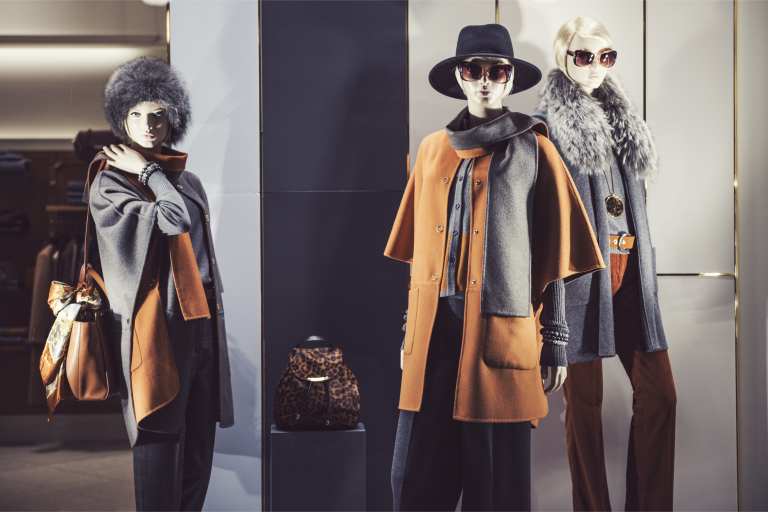Luxury Brands Hit The Discount Racks

The luxury business is going the distance for COVID-19. While many luxury retailers have found themselves needing to slash prices to keep inventory moving, some luxury brands are switching manufacturing to assist in the coronavirus crisis. For example, LVMH, which owns high-end brands Louis Vuitton, Fendi and others, announced it will produce large quantities of hydroalcoholic gels for use by health authorities. Factories that normally produce Dior and Givenchy perfume will be switched over to a different purpose, according to reports.
But the news was not as positive across the business. The wave of store closings on Tuesday (March 17) included Macy’s and Nordstrom as well as French luxury group Kering, whose brands include Gucci, Saint Laurent and Bottega Veneta. Other brands have started to discount their eCommerce inventory including NET-A-PORTER (10 percent) Saks Fifth Avenue (10 percent) Neiman Marcus (20 percent) and Moda Operandi (20 percent).
For retailers, eCommerce will be critical during the coronavirus crisis. Current estimates put eCommerce at only 4 percent of luxury goods revenue. But discounts by themselves won’t keep consumers loyal. Luxury goods shoppers are notoriously finicky when it comes to customer experience, and many luxury labels have a less than stellar track record when it comes to online user experience, with fashion brands frequently sacrificing user-friendliness or functionality for style.
Inattention to the foundations of positive user experience — payment processing and support, for example — is even more risky for luxury brands when it comes to rescuing a disastrous quarter or even a disastrous year. Luxury shoppers have high standards for the level of customer service they will accept. One study found that 48 percent of luxury shoppers insisted on a refund or a coupon after a single unsatisfactory retail experience. Another 13 percent never patronized the retailer again.
Historically, leading luxury fashion retailers have lost nearly half of their top customers each year due to customer service mishaps, according to FashionUnited. In a fraught time when a case of toilet paper might cost more than a Birkin Bag from Hermes, retailers will need to ensure that user experience is on par with competitors such as Amazon, where the majority of luxury customers also shop.
For luxury brands, already facing an extended dip in revenues since 2019, eCommerce has become a refuge, one that may have to support operations for an indeterminate period depending on quarantine legislation. As early as 2017, a report showed that luxury brands anticipated online sales to make up 25 percent of their retail revenue, reducing offline purchases from 91 percent to 75 percent in less than 10 years. A recent survey of luxury brand manufacturers revealed the majority anticipated a decrease of $44 billion in sales and a $11 billion reduction in profit globally — and this was before thousands of stores were shuttered due to coronavirus emergency orders.
With Chinese customers comprising more than 30 percent of the global luxury goods market and two-thirds of its growth, seamless eCommerce experiences — especially those geared to the $112 billion Chinese luxury market — will remain critical for global luxury brands’ ability to weather the storm. A bright spot is also emerging for luxury brands as China recovers slowly. An uptick in Chinese luxury shopping, online and off, has occurred as consumers emerge after months of restrictions, indicating that analyst predictions of a “pent-up demand” for luxury goods may be accurate. Underscoring the trend, Hermes reported that in-store sales were returning to normal as Chinese shoppers returned to luxury malls.
And speaking of Chinese trends, check this piece of advice from the country’s leading retailing site Jing Daily: “In times like these, only the strongest brands survive. If a brand can’t create enough value, it will fail, since consumers are even more discerning during a crisis. Companies must remember that if they only define themselves as luxury through expensive prices and beautiful designs, they will quickly be out of the market. Luxury is about extreme value creation, and Added Luxury Value (ALV) — the biggest value component of any luxury brand — is driven by intangible factors that aren’t merely product features.”